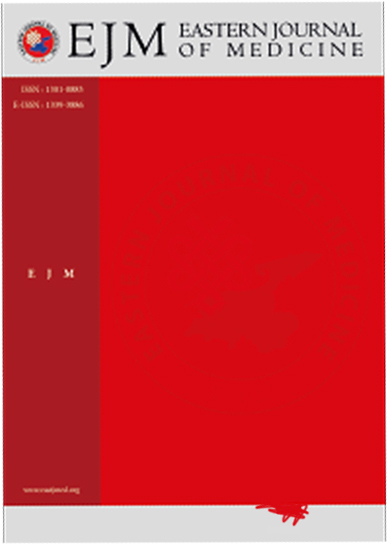Relationship Between Peripheral Perfusion İndex And Anxiety.
Ahmet Yüksek, Cevdet YARDIMCIDepartment of Anesthesiology and Reanimation, Yozgat Bozok University, Yozgat, Turkey.INTRODUCTION: Peripheral perfusion index(PI) provides information about vascular tone and fluid status by interpreting the data obtained from pulse oximetry. However, the vascular tone may be affected by anxiety in patients. Impaired perfusion index in patients with high anxiety may cast a shadow on the predictive power of the PI. In our study, the relationship between anxiety and perfusion index values was evaluated as the primary aim.
METHODS: Methods: Preoperatively, Anxiety scores of the patients were measured by APAIS and STAi tests. Perfusion index values also recorded in preoperative room. Correlation between these values evaluated.
RESULTS: Results: 95 patients aged 18-65 years were included in the study. Mean anxiety scores of all patients were 48.35±4.42. Perfusion index values were significantly lower in patients with high anxiety. In addition, there is a negative and significant correlation between anxiety and perfusion index.
DISCUSSION AND CONCLUSION: Discussion: The perfusion index is a non-invasive, easy to apply and cost-effective tool. It has been used in important studies such as predicting the development of hypotension induced by anesthesia induction with its application to patients in the preoperative waiting room. However, according to the results of our study, this technique is affected by the anxiety levels of the patients. It may be misleading in patients whose anxietyis not obious.
Conclusion: Anxiety levels should be questioned in awake patients being used perfusion index and it should be kept in mind that perfusion index may decrease in high anxiety levels.
Manuscript Language: English














